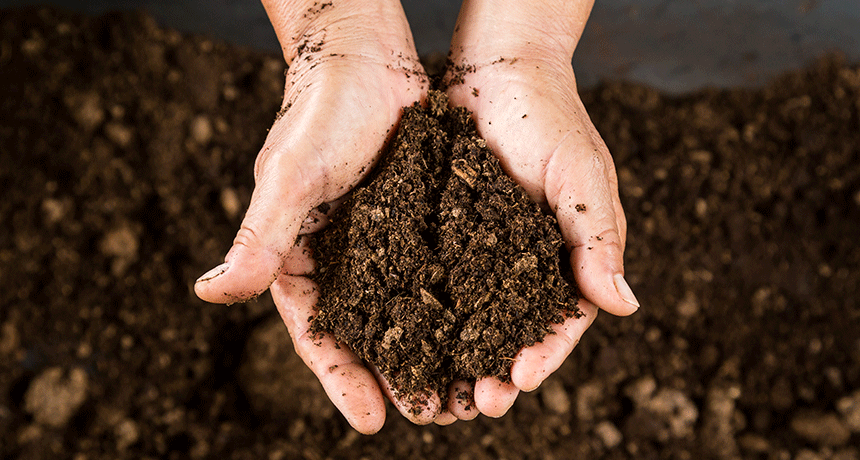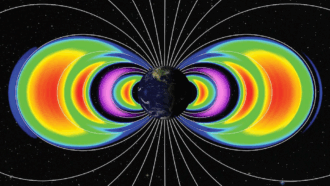carbon The chemical element having the atomic number 6. It is the physical basis of all life on Earth. Carbon exists freely as graphite and diamond. It is an important part of coal, limestone and petroleum, and is capable of self-bonding, chemically, to form an enormous number of chemically, biologically and commercially important molecules.
cell The smallest structural and functional unit of an organism. Typically too small to see with the unaided eye, it consists of a watery fluid surrounded by a membrane or wall. Depending on their size, animals are made of anywhere from thousands to trillions of cells. Most organisms, such as yeasts, molds, bacteria and some algae, are composed of only one cell.
curator Someone who manages a collection of items, for instance in a museum, library or art gallery. This person’s primary job is to design exhibits, organize and acquire collections and do research on the artifacts included in the collection.
erode Gradual removal of soil or stone, caused by the flow of water or the movement of winds.
matter Something that occupies space and has mass. Anything on Earth with matter will have a property described as "weight."
mineral Crystal-forming substances that make up rock, such as quartz, apatite or various carbonates. Most rocks contain several different minerals mish-mashed together. A mineral usually is solid and stable at room temperatures and has a specific formula, or recipe (with atoms occurring in certain proportions) and a specific crystalline structure (meaning that its atoms are organized in regular three-dimensional patterns). (in physiology) The same chemicals that are needed by the body to make and feed tissues to maintain health.
particle A minute amount of something.
waste Any materials that are left over from biological or other systems that have no value, so they can be disposed of as trash or recycled for some new use.








